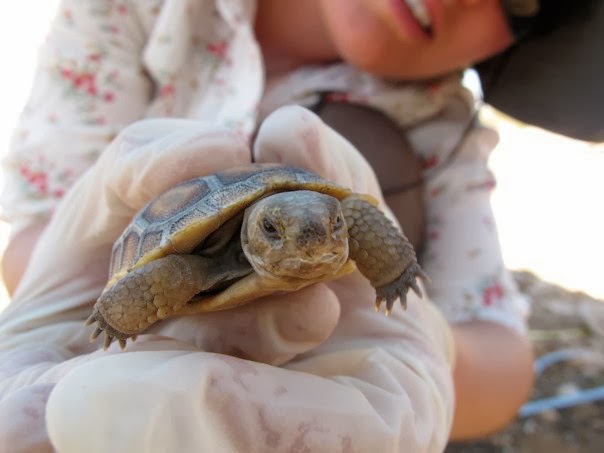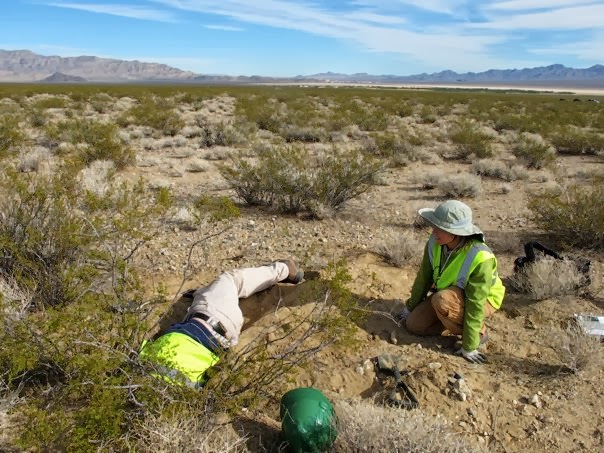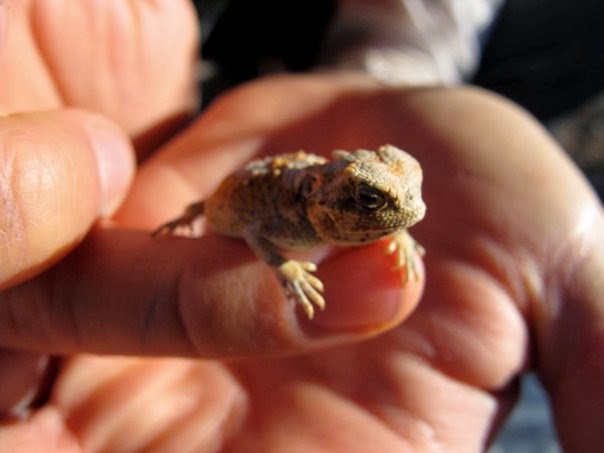
Thanks to the recent dedication of the Ivanpah Solar Electric Generating System (ISEGS), the corresponding scathing article in the Wall Street Journal, and Dan Kammen and Tonio Buonassisi’s appearance on NPR’s On Point, Ivanpah and solar energy in general has been back in the news.

ISEGS is a concentrating solar plant (CSP) driven by technology from BrightSource Energy: it uses mirrors to reflect the sun’s light to the top of tower, where the heat turns water to steam. This steam then turns a turbine and generates electricity. CSP has the added benefit of heating a salt medium that can store the heat with minimal losses. Therefore, the plant can provide electricity to the grid not only during the day when the sun is shining, but at night as well. This storage reduces the intermittency of the CSP energy supply and allows the plant to compete with other ‘baseload’ energy supplies like coal and natural gas.
ISEGS happens to be the largest example of concentrating solar in the world, with 360,000 garage-door-sized mirrors and three giant towers sprawled over 5 square miles of Mojave desert. It generates electricity just north of Interstate 5 at the Nevada-California line and transmits to southern California.

I walked nearly every inch of those five miles when I worked as a biologist at ISEGS. I was there from the moment the first bulldozer broke ground in the Ivanpah Valley in 2010, under the regal summit of Clark Mountain, until I came to ERG as a graduate student in the fall of 2012.
I returned to graduate school in large part because I could not stand to supervise the destruction of the desert anymore. Having lived and worked in this fragile and biologically diverse desert since 2001, I watched my backyard plowed under for energy that would feed the demand of 140,000 homes hundreds of miles to the west. It did not seem environmentally or socially equitable. After living and working in the Ivanpah valley for two years, I promised this valley I would not let it be further destroyed, and I went back to school to figure out how to protect it.

Here’s what I have discovered: Solar power protects Ivanpah Valley.
Yet the very plant that displaced hundreds of tortoises may be the very thing that will save these individuals, their species, and ours. This is not to say that Ivanpah got it right. I was witness to painful foibles throughout the process as it stumbled forward. It has been a learning experience for everyone involved, from federal agencies to technology innovators.
An energy system built with renewables is necessary if the Mojave desert ecosystem, including the desert tortoise and all its migratory birds, are to survive into the coming generations. Previously, I did not fully understand the implications of a grid that continues to rely on fossil fuels. But at 400 ppm of heat-trapping carbon dioxide and rising, many habitats and backyards are changing. Global sea-level rise is now almost 7 inches higher than pre-industrial times, with the rate of increase today nearly double that of the last century. The extent and thickness of sea ice has dropped dramatically. Glaciers are retreating, and cities that rely on their consistent water supply are looking into the near future where they have no water for their millions of inhabitants.
We can use degraded land and avoid pristine habitat. Therefore, utility-scale CSP is an effective way to bring renewable energy online right now, in tandem with rooftop photovoltaic solar and other renewable technology. In addition, stumbles at Ivanpah have provided the agencies and the industry with the experience for doing things better in the future, and a paper that thoroughly details these possibilities can be found here. In addition to wildlife impacts, solar energy can consume water resources, increase particulate matter in air, and have an unknown impact on soil carbon (sequestration of carbon in soil and rock.) Yet even this article addresses the cobenefits that the BLM and companies such as BrightSource have learned:
I am the person who picked up dead lizards, mice, or birds at Ivanpah. I am the person who dug up the tortoise burrows and removed them from their homes. I cried many mornings on my way to work. But I am also the person who, along with the men driving the bulldozers and road blades, stopped equipment to catch and remove lizards, mice, and rattlesnakes. And now, I am a person fighting to preserve the habitat not only in my backyard in the desert, but in rainforests and coral reefs as well, because climate change is insidious: it is often only with extreme events that we are able to take note of changes.
In a sense, I have broadened my backyard: it now includes Los Angeles, the Philippines, and Beijing. And it is only by protecting the environment and fighting climate change in these places that we can hope to preserve a future for the desert tortoise and the peregrine falcon in my desert home.